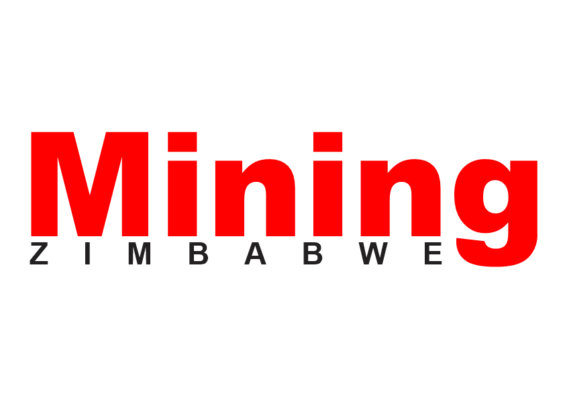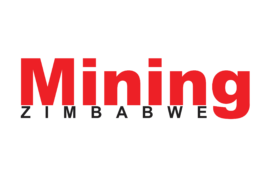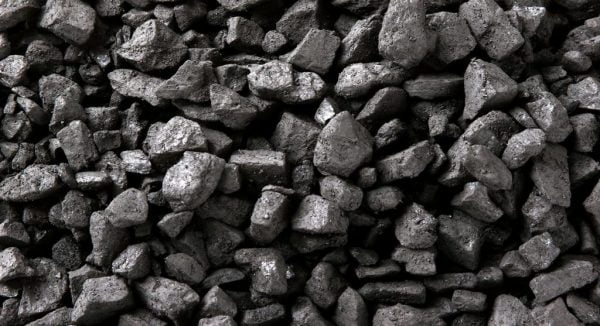As Zimbabwe prepares to commission two electricity generators at the Hwange thermal plant in the next few months, concerns have been raised over the capacity of coal producers to adequately meet demand in light of unviable coal prices.
The first unit is expected to be commissioned in November this year, six months after the initial target as COVID-19 induced disruptions delayed the delivery of some of the equipment. The second will come on line during the first quarter of 2023.
The two units, with a combined production capacity of 600 megawatts (MW), almost 65 percent of the existing capacity are expected to significantly reduce power rationing.
Zimbabwe contracted China’s Sino Hydro to build two more units at Hwange for US$1,4 billion.
The coming on-stream of the new units will push demand for coal up with analysts and industry players raising concerns over the capacity of miners to produce enough.
The price of coal is currently pegged at US$29 per tonne and is paid in local currency using the interbank rate. With most production inputs, such as explosives, fuels, and consumables being paid in US dollars, the price has become unviable.
“The issue of the viability of the coal producers is critical otherwise we will end up having the idle capacity (of the power plant),” said a senior executive of a coal mining company, who declined to be named because is not allowed to talk to the press.
“Most of our expenses are in US dollars, fuels, consumables, and now labour but we are paid in local currency at the interbank rate, which is significantly lower than the widely used parallel market exchange rate. We have the capacity but with the current pricing structure, that capacity will be not fully realized,” the executive added.
Hwange power plant consumes about 90 percent of locally produced coal. Makomo Resources, Hwange Colliery Company Ltd (HCCL) and Zambezi Gas are major suppliers of coal to the power plant. Apart from Zambezi Gas, Makomo, currently under judicial management and HCCL have of late been facing operational challenges
In 2020, Government set aside an agreement requiring ZESA to pay half of the coal supplies in foreign currency. The power utility and coal miners had agreed that 50 percent of coal be paid in foreign currency to support the miners, which needed hard currency to sustain operations in light of forex shortages that were prevailing at the time.
ZESA is being paid in foreign currency by some exporters, particularly mining companies and the deal entailed coal miners be partly paid in forex to support operations.
This relates to continuous recapitalization and procurement of spares, fuel, and consumables.
“ZESA is paying foreign currency to import power but it can’t pay local coal producers viable prices,” Carlos Tadya, an analyst with a local research firm said. “The authorities should start dealing with the price issue so that we can fully realize the impact of the new units.”
Energy and Power Development permanent secretary Engineer Gloria Magombo did not immediately respond to messages seeking comment on Tuesday.
.png)




